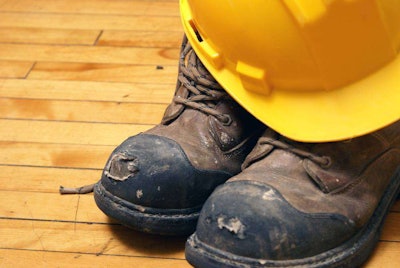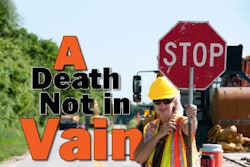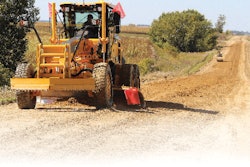
During the intense heat of the summer, it’s hard to stay cool when working outside. That’s why it’s tempting for construction workers to skip wearing their personal protective equipment on the hottest days of the year. Gloves can quickly make workers’ hands feel hot and sweaty, goggles may fog up and impede vision, and hard hats can make the head feel uncomfortable and sticky in extreme temperatures.
If your crews are stripping off their goggles and gloves for even brief intervals, they’re putting themselves at risk. You may not be saying anything about it because you know how miserable they are in the heat. Although it’s a tough sell, you must convince your crews they need to wear the necessary PPE at all times, and let them know you’re willing to take steps to make them as comfortable as possible. Here are three ways to mitigate heat for your workers while keeping them safe.
1. Establish mandatory breaks. During the summer, your workers will overheat quickly. This won’t be helped by the addition of thick leather gloves, heavy work boots and other PPE gear. Your crews should be taking longer, more frequent breaks. Crew leaders should keep a close eye on the clock, ensuring workers get out of the heat at predetermined intervals and drink cool water. Remember that each person’s internal thermostat is different, and some people may need more frequent breaks than others. Skin conditions irritated by heavy fabrics and non-breathable material can become inflamed further by intense heat. Workers older than 65 will need to get out of the heat more often, as will new crewmembers — those who have been on the job for five days or less will not yet be acclimated to the heat.
2. Create cooling stations. Your workers will need a place where they can remove items such as hard hats, goggles, gloves and ear plugs to allow their bodies’ temperatures to lower quickly. The location should be convenient to the jobsite and either be shaded or air-conditioned. In addition to having plenty of cool water available in the cooling station, consider additional options such as misting fans, personal cooling packs and cool damp cloths.
3. Provide the appropriate PPE. Issue your workers anti-fogging goggles that fit properly and offer excellent ventilation, hard hats with vents to offer as much air circulation as possible, and ventilated gloves to offer both circulation and flexibility. Go the extra mile and have cooling bandanas, sweat bands, neck shades and sweat liners available for workers to use when needed.
Editor’s Note: Amy Materson is the managing editor for sister site Equipment World.











